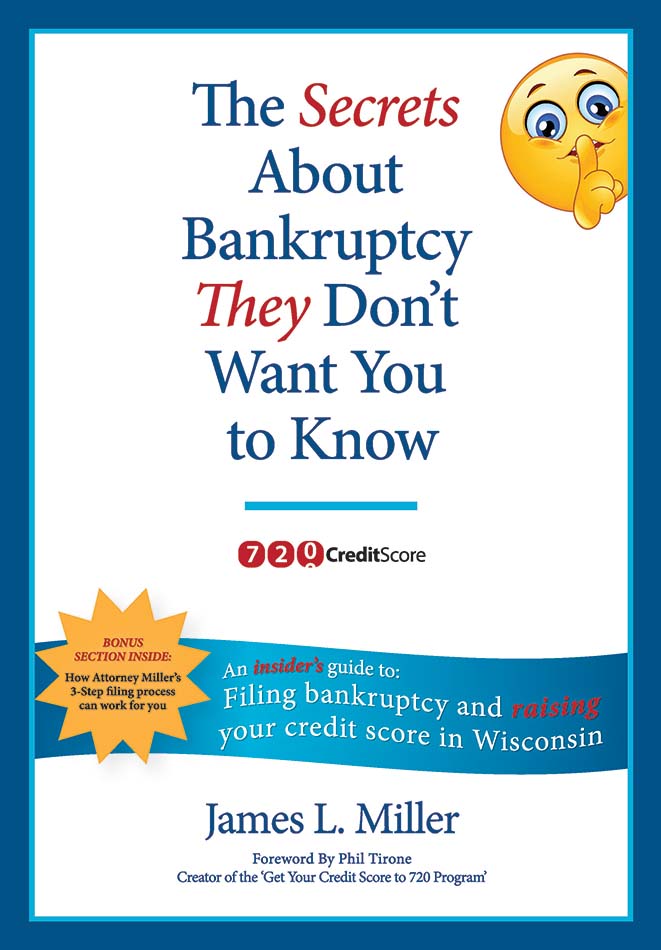The credit report dispute process is fairly mysterious, which means most people don’t actually know what happens when they file a dispute with a credit reporting agency. Here’s a step by step process that should help clear things up a bit.
Step 1: File a Dispute
You communicate with the credit reporting agency(cies) that you disagree and formally dispute an item on your credit report(s). This can be done in writing, on the phone, over the Internet, or in person. It’s important that your dispute is clearly written in a way that a layman would understand it. For example, “I disagree with my credit report” is not a dispute. “I was never late on my XYZ Bank account, please correct my credit report” is a dispute. This is where your involvement ends and the “system” takes over.
Step 2: The Investigation
The credit reporting agency will send a form to the furnisher of the disputed information. The form is called an ACDV, which stands for Automated Credit Dispute Verifications. In the old days when I used to work for a credit bureau it was simply called a CDV, meaning it wasn’t terribly automated. This ACDV form is then sent to the furnisher of the disputed information via an Internet based system called e-OSCAR, which stands for Online Solution for Complete and Accurate Reporting.
Step 3: Verification of Dispute
The data furnisher (normally a lender or collection agency) receives the dispute and “processes” it. Basically the data furnisher confirms that what they sent to the credit bureaus is correct or incorrect by reviewing their records. If they believe what they sent is correct then they respond, via e-OSCAR, that what they sent is correct and no changes should be made. If, however, they determine that what they sent is incorrect they’ll make corrections and the consumer’s credit reports will be updated.
Step 4: Investigation Closed
The credit bureaus will now either update the consumer’s credit reports -or not, based on the data furnisher’s response. Either way, the credit bureaus will send the consumer a communication, normally in the mail, giving them the results of the investigation. At this point the industry considers the dispute closed.
Next Steps: What if the Dispute is Rejected?
If the consumer still disagrees with the way an item is being shown on their credit reports, they can choose to re-dispute the item with the credit bureaus and steps 2-4 will happen again. However, it’s likely to yield the same outcome so this might be a waste of time for the consumer. And, if the consumer simply files the same dispute verbatim, the credit bureaus can choose to ignore the dispute as being frivolous. This can occur if the consumer has hired a credit repair company that is simply disputing negative credit information -regardless of whether it’s accurate or not -over and over in hopes of getting it removed.
If the consumer wants to ensure that a second or third dispute of the same item isn’t ignored then they’ll want to provide new context or supporting documentation. This triggers a requirement for the credit bureaus to investigate the item again. And, of course, the consumer can always bypass the credit bureaus and take their dispute directly to the furnishing party.
Most consumers don’t know that they don’t have to file disputes with the credit bureaus and that banks, other financial service providers, and collection agencies also have obligations to investigate if you contact them directly. But, be aware that if you skip the credit bureaus entirely you can’t file a claim against them for violating the Fair Credit Reporting Act. You must give the credit bureaus an opportunity to correct any alleged inaccuracies before you can sue them for credit report errors.
As you can imagine, Steps 2-4 happen very quickly thanks to automation. In fact, most disputes run their course within a couple of weeks. This is well in advance of the requirement for the credit bureaus to complete investigations within 30 – 45 days, albeit perhaps, not satisfactorily completed in the consumer’s mind.

